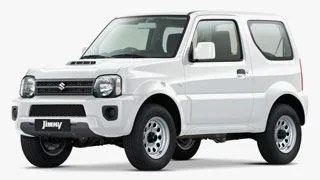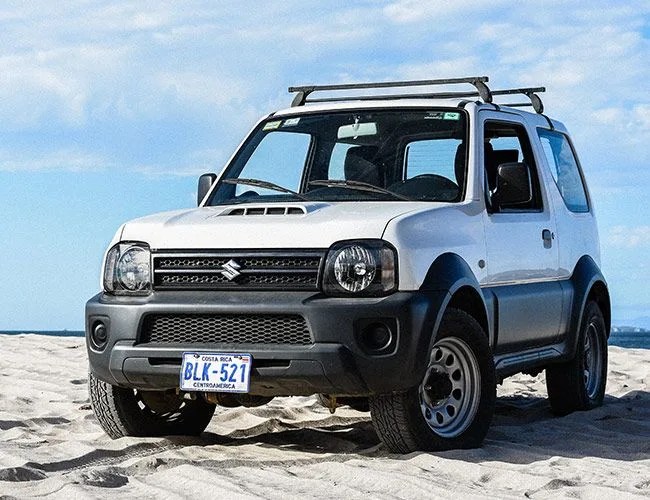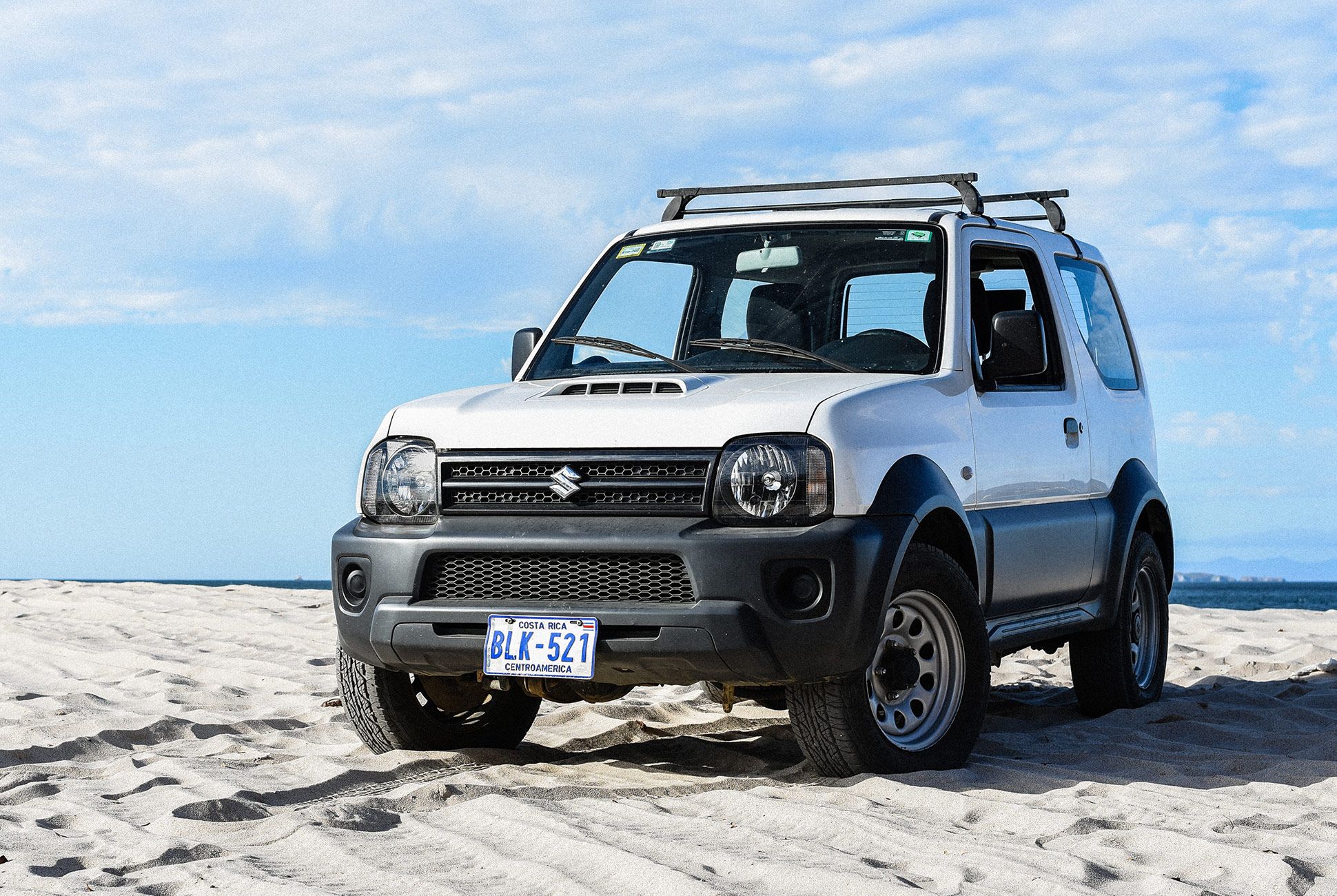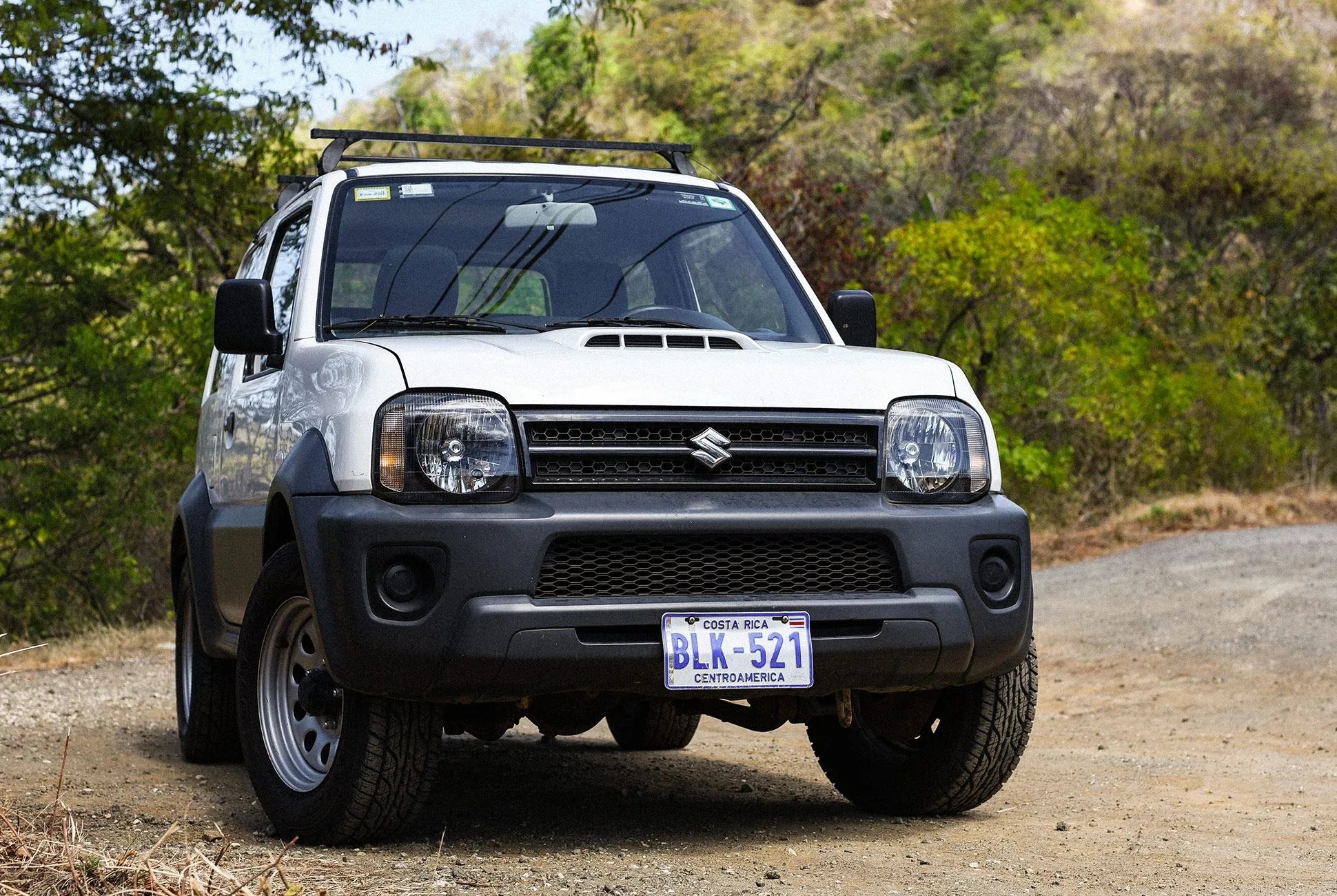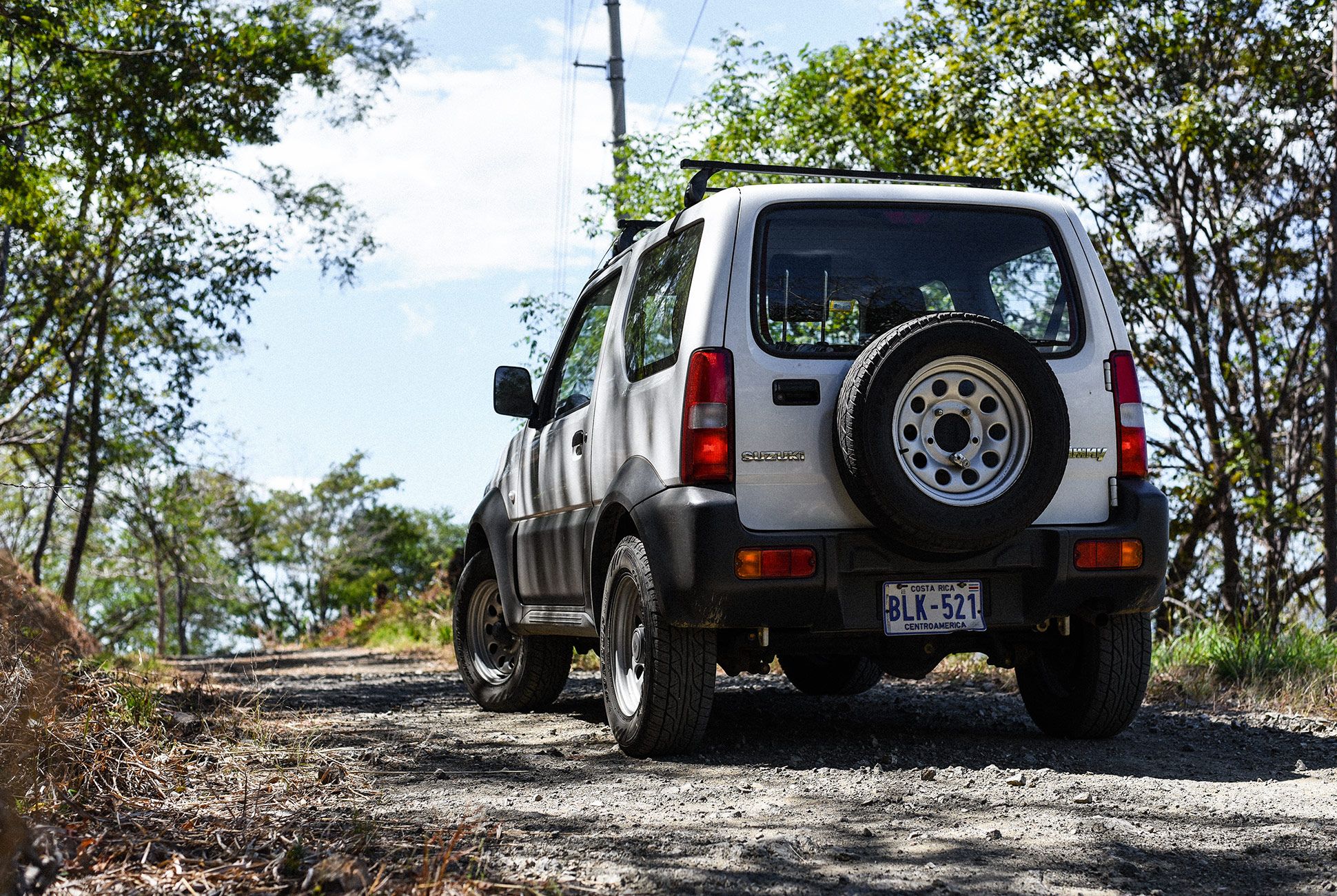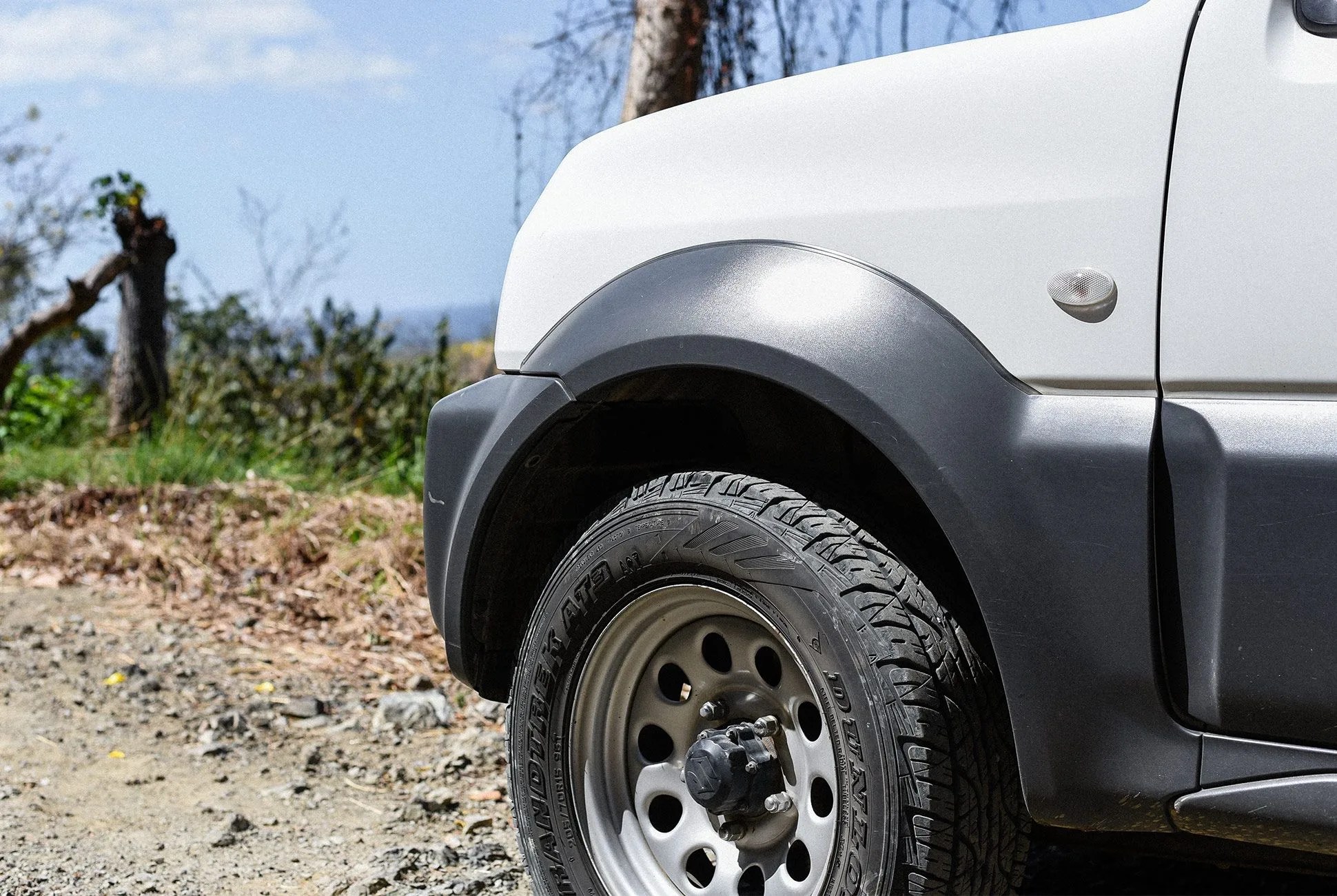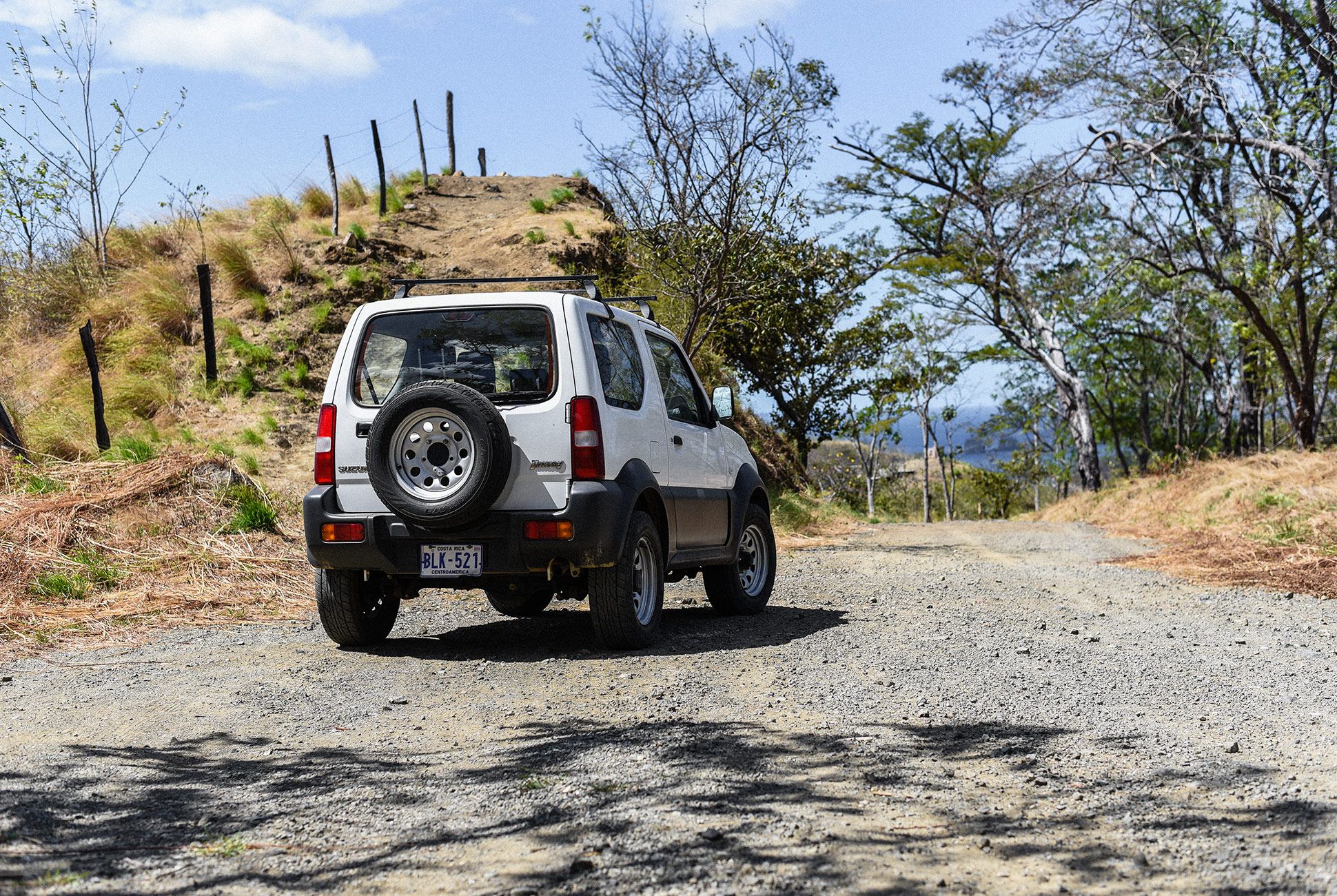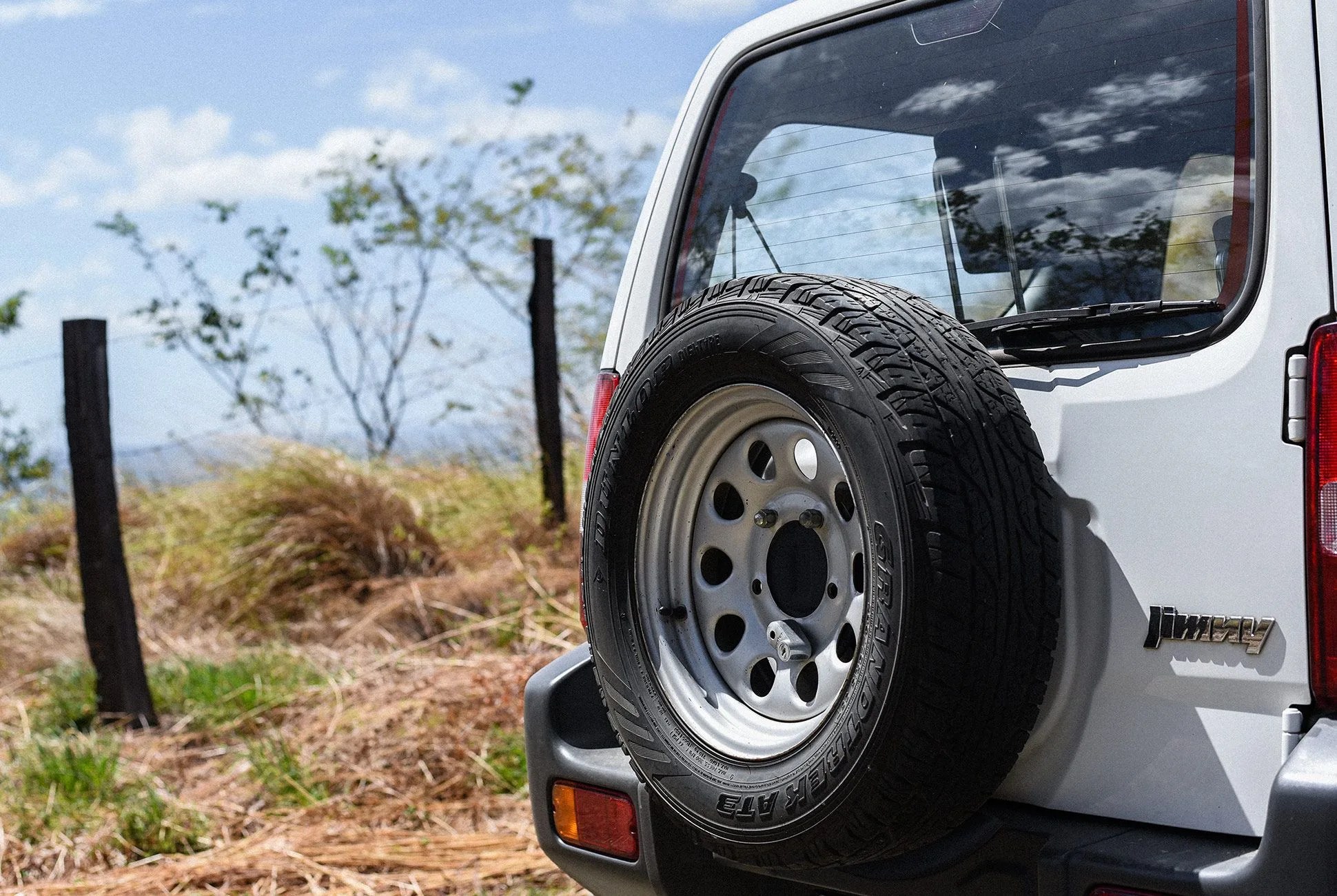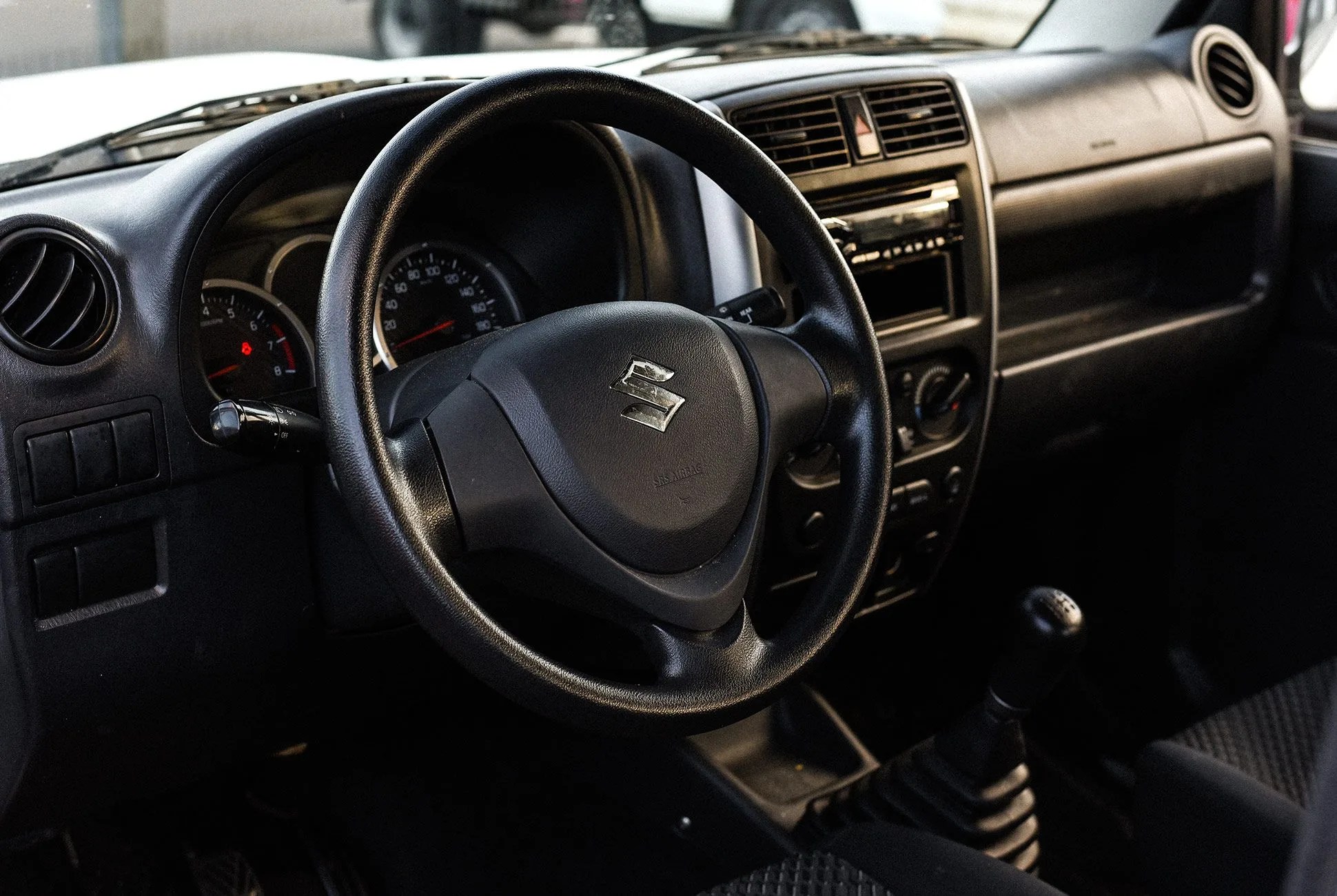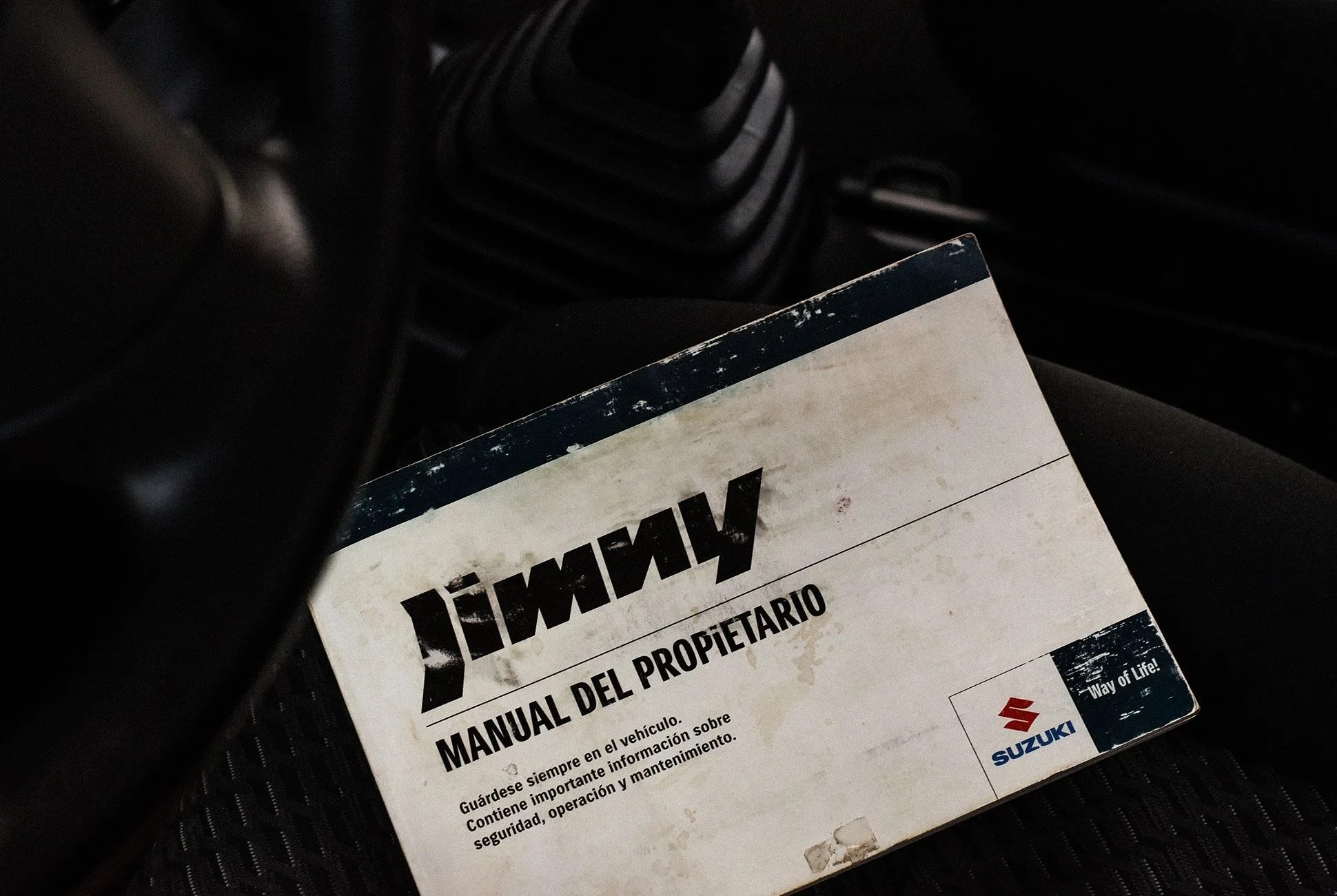8 photos
Let’s get this out of the way: the Suzuki Jimny is an objectively bad car. Its acceleration is objectively bad. Its top speed is objectively bad. Its interior, ride quality, handling and brakes? Bad, bad, bad, bad. It takes about 14 seconds to get to 60 mph, tops out at 87 mph (if you can even get there), requires you to stomp on the brakes to come to a stop and will shake and rattle and squeak all along the way. This, however, is all irrelevant.
Saying that a bad car is good, not just in spite of but because of its faults, is a cliche that’s been around at least as long as car reviews have. I suspect this is a reaction to the rapidly-changing automotive landscape, where electronics and advances in engineering have made cars…far more than just cars. The desire for something counter to modern cars — something simple yet flawed
— is understandable, especially when it comes to off-roaders. Simple and flawed off-roaders from decades past fought wars, built societies and explored the world. The Suzuki Jimny has always been one of those cars. It still is.
It debuted in 1970 as the LJ10, a tiny soft-top three-seater (a spare wheel took the spot where a fourth seat should have gone) with a 359cc two-cylinder engine air-cooled engine. This, on paper, would not seem like a recipe for a world-class off-roader, but the Suzuki’s compact body and nimble chassis could take it places larger 4x4s couldn’t go. Within the next few years, Suzuki would produce hard-top and pickup versions with larger engines, making it a workhorse star in places like Australia, Africa, the Middle East and South America. Two more generations would eventually debut: the SJ in 1981 (sold in the US as the Samurai) and the JB in 1998.
The Jimny currently is stuck in 1998. Save for mild changes the Suzuki Jimny that debuted 20 years ago is nearly identical to the Suzuki Jimny sold worldwide today. It’s still a bare-bones, body-on-frame box about 11 feet long. It has a 1.3-liter inline-four, five-speed manual and a part-time 4WD system that changes from 2WD to 4WD or 4WD-L with the push of a button — and an audible thunk that’s disconcerting the first time you hear it and satisfying from there on out.
Suzuki Jimny Specs
